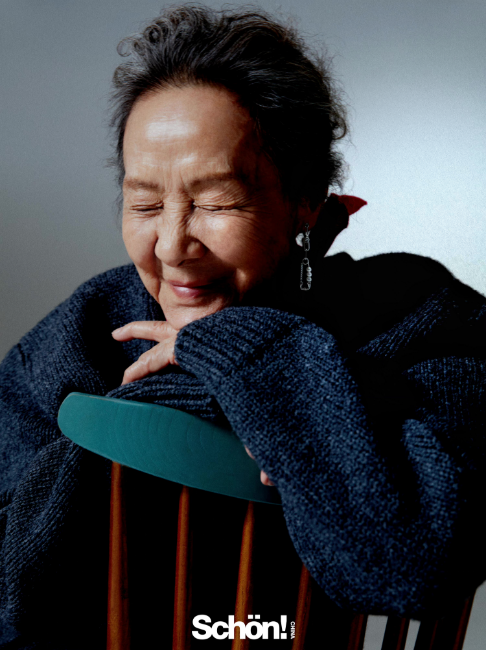Early cancer detection is goal of transatlantic research alliance
Catching cancer early, when it is at its most treatable, is the focus of a new international research collaboration.
The International Alliance for Cancer Early Detection, announced on 21 October, brings together researchers from the United States and the United Kingdom. The project will receive up to 拢40 million (US$52 million) over five years from the charity Cancer Research UK, with the possibility of an additional 拢15 million from Stanford University in California and the Oregon Health & Science University Knight Cancer Institute in Portland. The University of Cambridge, the University of Manchester, and University College London, all in the UK, will also participate in the alliance.
The collaborators hope to take advantage of recent advances in cancer genetics and imaging. Databases are swelling with tumour DNA sequences, and researchers have begun to turn their sights to sequencing precancerous growths in an effort to learn which mutations tip some of them over to a malignant lifestyle. Meanwhile, advances in imaging allow clinicians to detect ever-smaller tumours, and even to observe the metabolic changes that can be hallmarks of cancer, without requiring surgery or removing tissue.
The hope is that, with further refinement, such tests can become part of an array of methods to detect cancer early. In particular, the alliance will look for ways to combine multiple tests to produce more accurate results and decrease the risk of false diagnoses. They will also combine resources to broaden the scope of clinical trials.
Such methods could improve cancer treatment: five-year survival rates for six types of cancer are more than three times higher when the cancer is diagnosed at its earliest stage, compared with survival if the cancer is caught only after it has become more advanced and has started to spread to other locations in the body.











